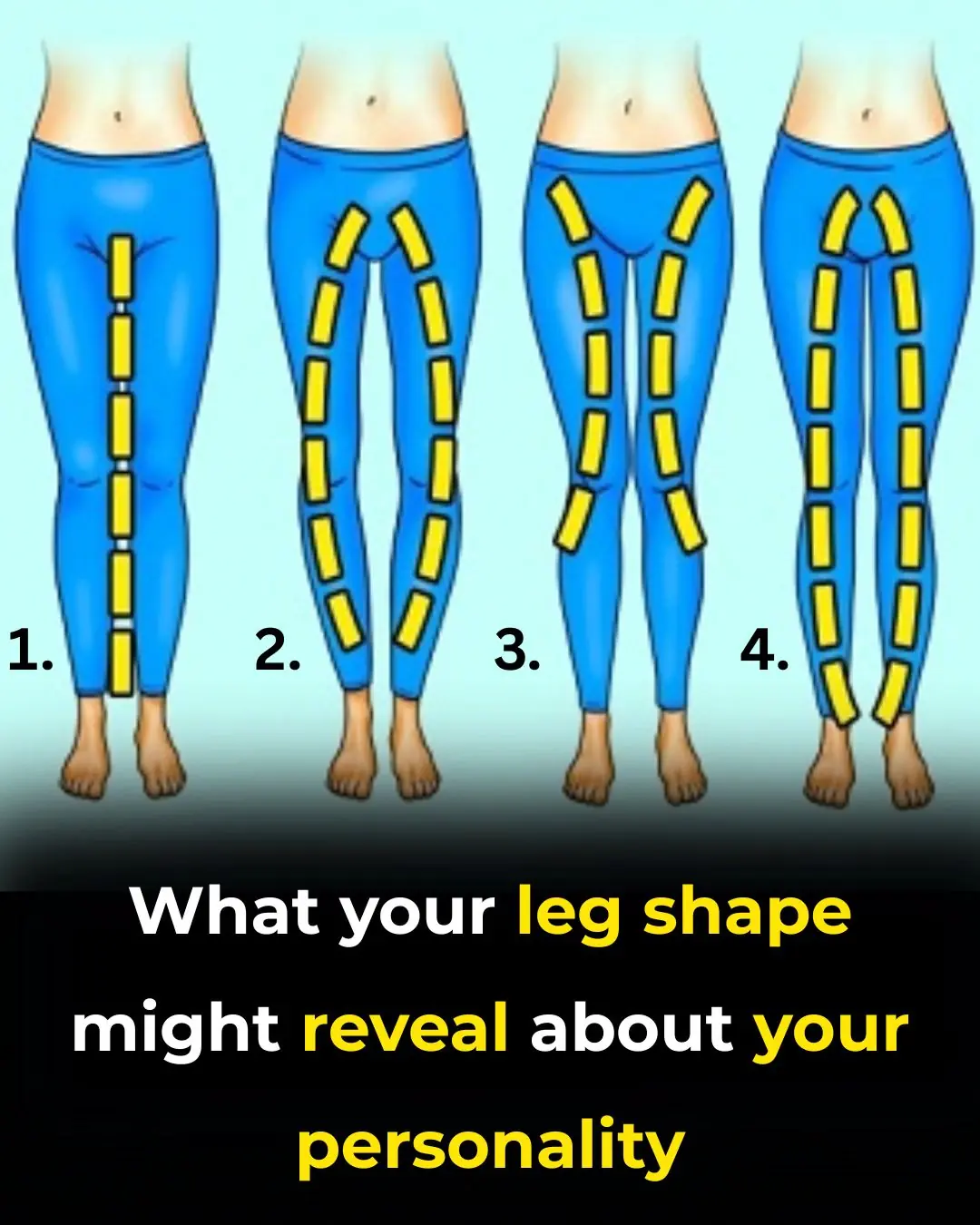
Why Are Mirrors Commonly Installed in Elevators? The Unexpected Benefits of Elevator Mirrors

Almost every elevator is equipped with mirrors, sometimes on all sides. But why is that?
If you have ever stepped into a modern elevator, you probably noticed that most elevator cabins have mirrors. These mirrors can cover an entire wall, sometimes appear as small panels, or even be installed on three sides of the elevator cabin. But have you ever wondered: Why are mirrors installed in elevators? What functions do they serve beyond just reflecting your image?
In reality, elevator mirrors are much more than just a tool for quick grooming or checking your appearance before stepping out. They serve multiple purposes, catering to psychological comfort, safety, and practical convenience in the confined space of an elevator.
1. Creating a Sense of Spaciousness and Reducing Claustrophobia
One of the primary reasons mirrors are installed in elevators is to create an illusion of a larger space. Elevators are confined, small spaces—especially in office buildings, high-rise apartments, and hotels. When several people are packed inside, the feeling of tightness and confinement can become uncomfortable or even induce anxiety and fear, commonly known as claustrophobia.
Mirrors reflect the interior and create a visual extension of the space, making the cabin appear more open and airy. This illusion helps reduce stress and anxiety, making the elevator ride more pleasant, particularly for those who are sensitive to closed spaces. It also helps to calm the nerves of people who might otherwise feel trapped or uneasy.
Beyond mere aesthetics, the installation of mirrors in elevators often follows building safety standards and design regulations, ensuring they meet functional as well as visual needs.
2. Helping Time Pass More Quickly
Another psychological benefit of elevator mirrors is that they help occupants stay "occupied" during their wait or ride. Instead of staring blankly at a plain wall and feeling time drag on, people tend to look at themselves in the mirror—adjusting hair, clothing, or simply observing their reflection.
This distraction makes the passage of time feel faster, even though the actual travel time remains unchanged. This is especially useful in elevators that move slowly or stop frequently, reducing impatience and restlessness.
3. Enhancing Security and Safety
Mirrors also improve safety by increasing visibility inside the elevator. When a person stands with their back to the door or in a corner, the mirror allows them to see who else is inside without turning around. This creates a greater sense of security, particularly when riding alone at night or in isolated locations.
In cases of potential theft, harassment, or suspicious behavior, mirrors can help passengers detect these threats early and react accordingly. Additionally, security cameras installed in elevators benefit from the mirrors’ reflective angles, allowing better surveillance coverage of the entire cabin.
4. Assisting People with Disabilities and Wheelchair Users
According to international and Vietnamese technical standards, elevator mirrors also serve an important role for disabled users, especially those in wheelchairs. When a wheelchair user enters an elevator, they often have to back out to exit. The rear-facing mirror allows them to see the position of the elevator door and surrounding people without turning around physically.
This reflective aid makes maneuvering easier and safer, promoting equal access and independence for all users. The mirror becomes a practical tool for orientation and navigation, far beyond simple decoration.
5. Convenient Spot for Grooming and Dressing
Many people creatively use elevator mirrors to quickly fix their makeup or tidy their appearance during their brief ride. Elevators offer a unique opportunity to check one's look thoroughly—from different angles, including behind and the sides—which is difficult to do in regular mirrors.
6. Improving Aesthetic Appeal and Design Cohesion
Mirrors are an essential part of modern elevator interior design. They brighten the cabin by reflecting light, especially when paired with LED ceiling lights or ambient lighting strips. This not only enhances the perception of space but also gives the elevator a sleek, contemporary, and luxurious feel.
High-end buildings often choose mirrors to complement the overall architectural style, making the elevator not just a functional transport but a stylish, welcoming environment.
7. Important Considerations and Potential Downsides
Despite many benefits, the installation of mirrors requires careful consideration. Factors such as mirror placement, height, size, and materials must be optimized to avoid glare, uncomfortable reflections, or making passengers feel too exposed or “too close” to strangers.
Mirrors also require regular cleaning to prevent dirt and smudges, which can diminish their effectiveness and aesthetic value. Poorly maintained mirrors can create a negative impression or even cause discomfort.
Conclusion
The mirror in an elevator is far more than just a reflective surface for quick glances. It offers practical advantages from psychological comfort to safety enhancement, support for people with disabilities, and contributes significantly to the elevator’s aesthetic appeal. This seemingly simple design feature embodies thoughtful consideration for user experience and functionality.
Next time you step into an elevator, take a moment to notice the mirror in front of you—you might feel less stressed, more confident, and even notice time passing a little faster!
News in the same category


The Spiritual Meaning of Black Butterflies Entering Your Home Revealed
Black butterflies carry meanings that are as complex as they are beautiful.

Add This Simple Ingredient to Your Mop Water and Keep Floors Shiny for Weeks
You don’t need fancy, high-priced cleaners to enjoy spotless, long-lasting results.

The Secret Use of the Tiny Hole in a Safety Pin Finally Revealed
That tiny hole in a safety pin is more than just decoration—it’s a brilliant example of how even the simplest tools can hold hidden design secrets. W

Unbelievable amount Trump’s net worth has risen since taking office for second term

What the Shape of Your Legs Might Say About Your Personality

Weird Toothed Part on Kitchen Scissors

Ring Finger Longer Than An Index Finger

The Story Behind Two Runaway Graves in Savannah Airport

The Simple Object That Might Baffle the Younger Generation

Why Public Bathroom Doors Don’t Reach the Floor – The Real Reason Revealed
The gaps and inward-swinging doors are designed for practicality, serving purposes like enhancing safety and improving efficiency, rather than being the result of poor design.

World’s Oldest Woman Lived to 117 By Eating the Same Meal Every Day
Emma Martina Luigia Morano, the world’s oldest woman at the time of her passing, credited her extraordinary 117 years of life to a mix of genetics, resilience, and one very peculiar daily diet. Her remarkable story spans two World Wars, personal tragedy

Simple T-Shirt Image Is Driving the Internet Crazy

Scientists Discover Dogs Dream About Playing With Their Owners

Rare 9/11 Footage Reveals Heartbreaking Close-Up of Second Plane Striking Tower

Here’s Why Many Couples Start Sleeping In Separate Beds After 50

Hotel Room Red Flags You Should Never Ignore

The Hidden Fish Puzzle That’s Stumping the Internet

What Are the Loops on the Back of Button-Down Shirts For?
News Post

How to Keep Supermarket Basil Alive and Thriving

3 Best Detox Drinks for Glowing, Healthy Skin

Erase Wrinkles and Fight Signs of Aging with Banana Face Pack: The Ultimate DIY Skincare Remedy

DIY Korean Rice Cream: The Secret to Wrinkle-Free, Glowing Skin Even After 50 – DIY Recipe and Benefits

Anti-Aging Face Mist with Rice Water: Unlock the Secrets to Hydrated, Glowing Skin

Roasted onion peel treatment for grey hair

Homemade Onion Juice Serum To Grow Thick Eyebrows In Just 1 Week

DIY Aloe Vera Beauty Cubes for Dark Spots, Acne, and Skin Rejuvenation: The Ultimate Skincare Hack

6 Home Remedies to Lighten Dark Underarms | How to get rid of Dark Underarms

DIY Aloe Vera Facial: A Step-by-Step Aloe Vera Facial for Skin Lightening

How to make banana vinegar with just 4 simple ingredients, and enjoy the delicious final product.

Drinking lemon ginger water provides these 6 amazing benefits for your body

Mosquitoes are most afraid of this bowl of water. Place it in your house, and no matter how many mosquitoes there are, they will all be gone. Sleep peacefully!

Drinking lemon ginger water provides these 6 amazing benefits for your body.

Anyone Whose Hair Is Falling Out Needs To Make This 2-Ingredient Drink Immediately

13 Detox Foods To Flush Out Toxins, Fight Cancer Cells And Relentlessly Hunt Free Radicals

Doctor warns: your ‘healthy’ lemon water habit is actually destroying your liver – here’s what you’re doing wrong

The Secret Power of Plantago Major that no one knows

Mimosa Pudica: Medicinal Value and Uses
